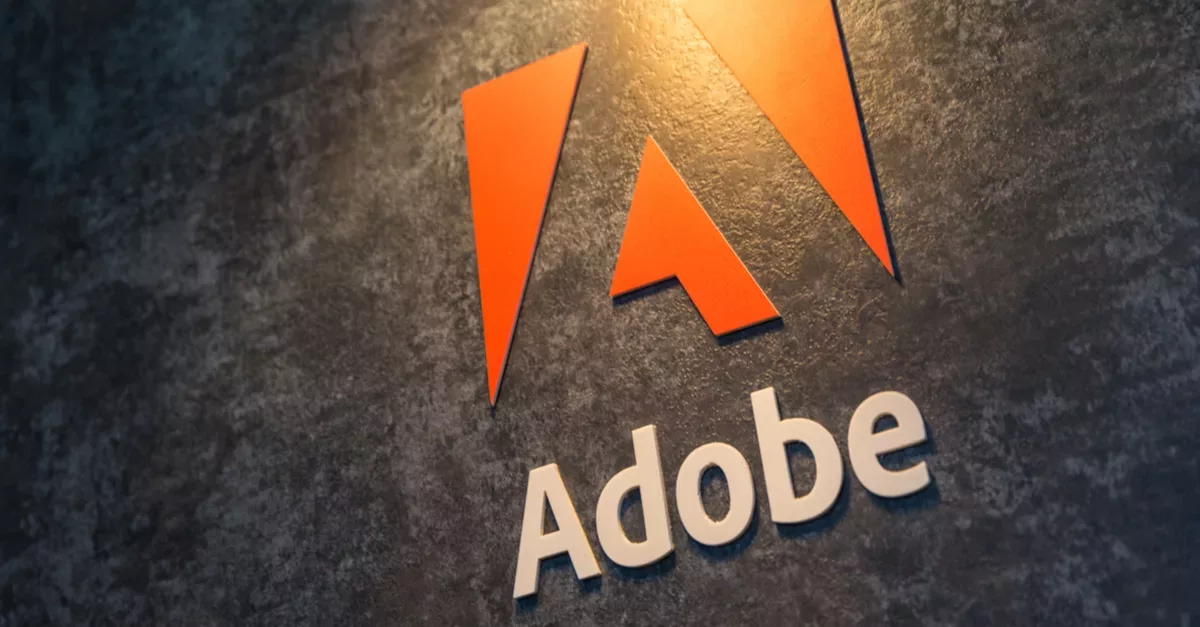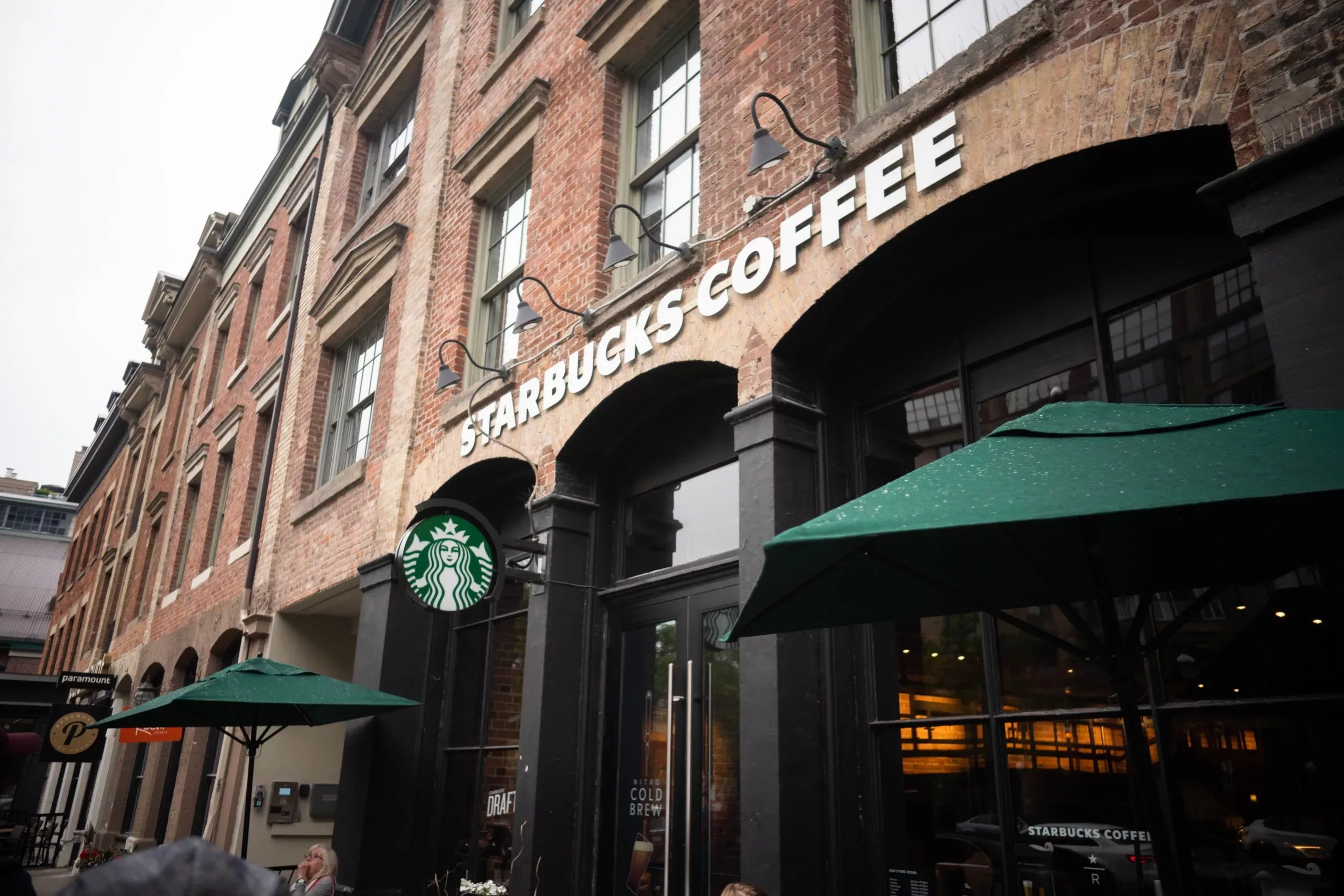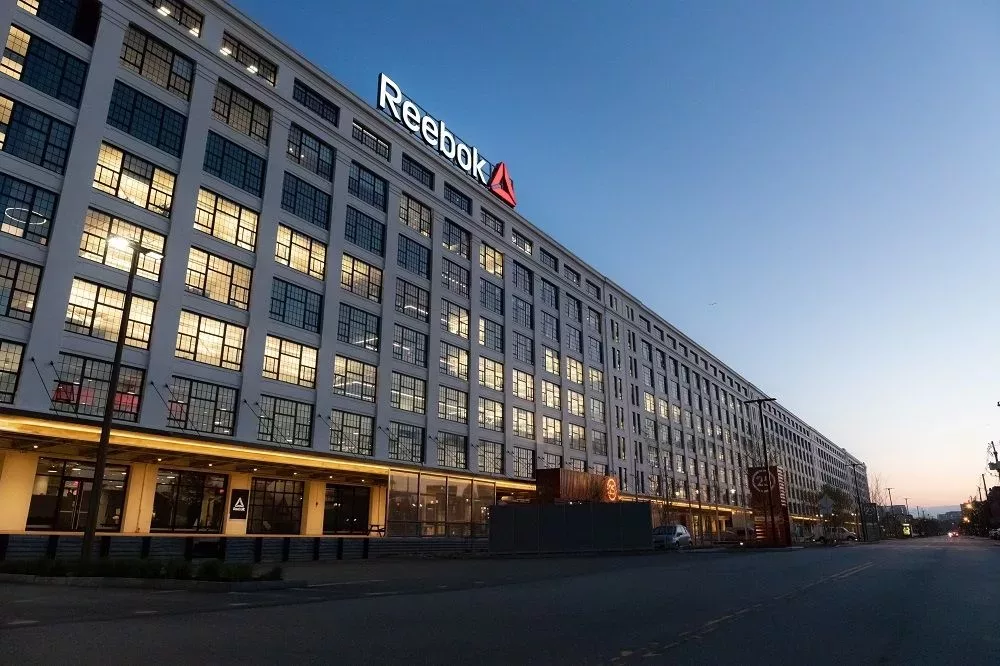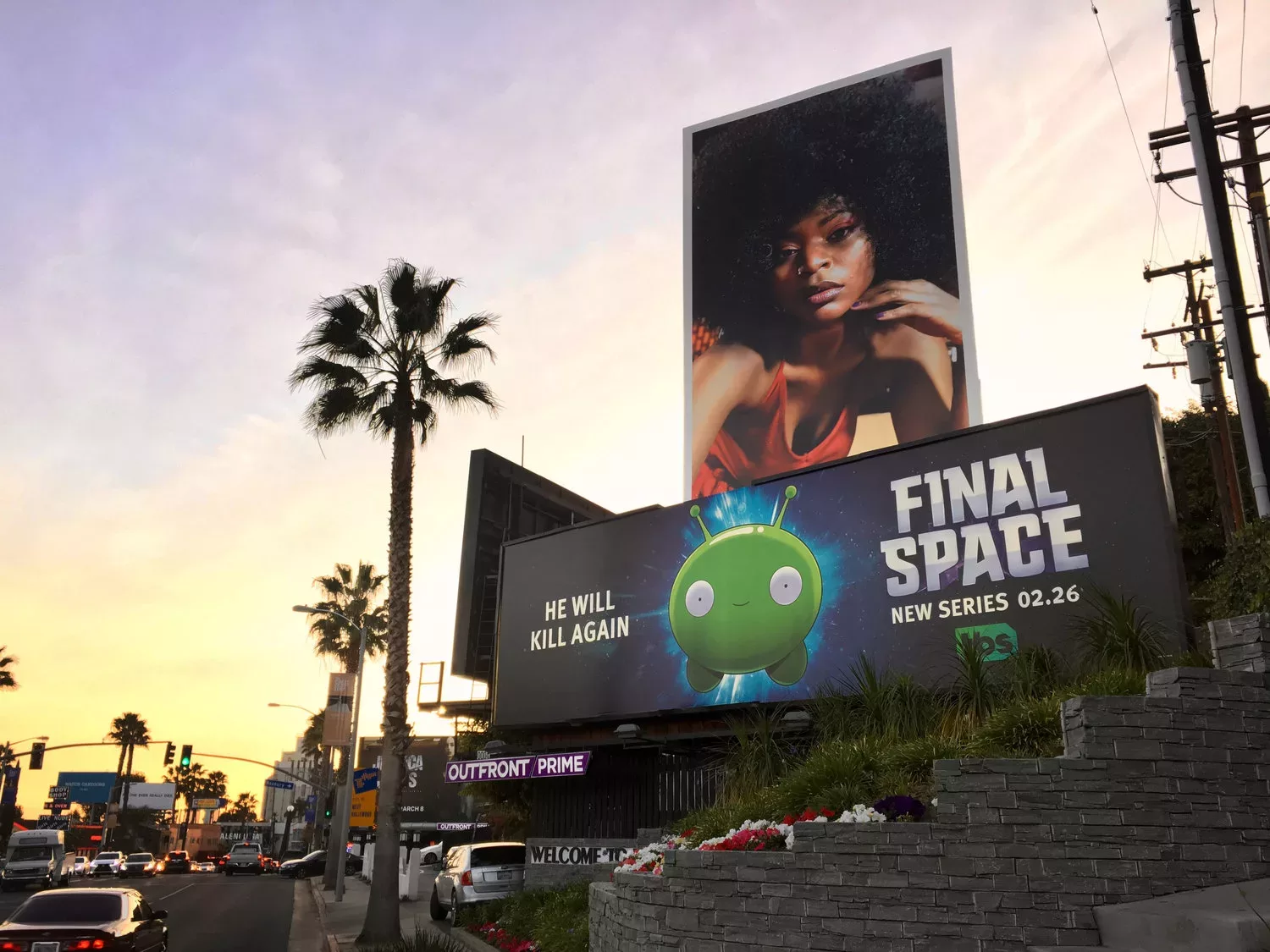
Employee influence is on the rise as social influencers begin to take a back seat in advocating for brands. After all, people are more likely to trust a friend/family member’s recommendation over branded content.
In most instances, the people who are most knowledgable about your industry, and most influential in said field, are a company’s employees. If your company promotes good company culture, and your employees are prospering within it, there’s no reason why they wouldn’t want to let people know about it!
Employee influence certainly isn’t a new idea. However, brands that historically championed this went mostly under the radar. Employee influencer platforms, on the other hand, are a modern idea and are on the rise. It’s safe to say the future of employee influence is bright, and we’re here for it!
Here are a few examples of brands who are currently owning it, along with one or two who laid the foundations.
Huawei
Huawei Technologies is an independent, privately-held Chinese technology that started an employee advocacy program back in 2018. They began by rolling out the platform across Western Europe with DSMN8, before expanding the platform into the whole of Europe.
Huawei’s advocacy program with DSMN8 tapped into one of Huawei’s most valuable assets – their employees, to share and promote their brand content. By leveraging the unique perspectives of the people closest to the business, they were able to showcase their culture, products, and services.
Huawei hit the ground running as users intuitively gravitated towards the platform, within a year, their users generated over 75 million impressions through the platform and saw an 82% adoption rate. Huawei successfully transitioned into a company where employees are eager to share branded content.
Gamification, rewards, and automation proved an invaluable resource in keeping employees engaged with the platform long after the initial launch. The Huawei team tapped into the power of DSMN8’s built-in gamification engine, introducing leaderboards and a points-based system that tracked employee engagement.
The leaderboards increased motivation and offered the highest-scoring employees the chance to receive rewards and recognition. Prizes included the latest Huawei mobile phone, shopping vouchers, and even fitness accessories.
The activity now forms an integral part of the companies go-to-market strategy, with the program driving awareness of key messaging through a previously under-utilized channel.
Read the full Huawei employee advocacy case study.
Adobe
Adobe started its own internal employee influencer program a few years back. Adobe’s Social Shift program aims to educate employees on their social media guidelines, helping them become brand ambassadors.

Adobe recognized that one of the reasons their employees weren’t sharing their content was due to a lack of knowledge of their social media policy. Many companies, big and small, will have strict social media policies, which has led employees far and wide to become hesitant about sharing company content through fear of posting/saying the wrong thing.
Adobe’s program is unique because it gives employees the chance to create content for the company. Everyone wins in this instance, as employees are able to develop their personal brands, while Adobe is crowdsourcing original on-brand content.
Once employees have undergone full social media training, Adobe gives them the chance to become ‘Brand Champions’ by contributing to their ‘Adobe Life’ blog. The blog provides a behind-the-scenes look of the company, giving them a chance to showcase their company culture from the perspective of the employee.
Adobe has nearly twenty-five thousand employees, and more than 30% of Adobe’s global workforce has gone through its Social Shift program, giving them a vast pool of employees who are ready to start creating and sharing content.
Starbucks
Starbucks could be hailed as one of the founding fathers of modern employee influence. The titans of coffee have long recognized the power of their employees, whom the company refers to as ‘Partners.’

“We’re called partners because this isn’t just a job; it’s our passion. So, go ahead and share it!” is an opening line in their guidelines.
Starbucks, like Adobe, realized that employees aren’t sharing not because they don’t want to, but because they’re uncertain of what they can or can’t share.
The company issues employees with a list of guidelines, advising employees on how to operate when communicating on behalf of the brand, easing any apprehension employees may otherwise have felt.
Starbucks unlocked the power of its employee influencers via specially created employee-led social media accounts. They launched ‘Starbucks Partners’ on various social media channels, offering employees the chance to post photos, start discussions, and interact with other employees.
Not only does it showcase their company culture, but by giving employees this sense of responsibility, Starbucks is also promoting a sense of belonging for posting on behalf of the company, which can have a substantial effect on staff retention rates.
Reebok
Reebok pioneered authentic content with its advocacy program, encouraging its employees to share their passion for fitness with the hashtag ‘#fitasscompany’ which, in itself, attracts some attention.

They began by approaching employees who they believed already had good social media awareness and were actively posting on the platforms they were targeting. When using the hashtag, they asked that employees only post content specific to the sports industries that the brand specializes in, such as running and weight-lifting.
The hashtag attracted the attention of advocates’ followers, who will have been inundated with similar branded content upon searching the hashtag. It also proved useful for Reebok, as it allowed them to monitor the content that was being shared by employees easily.
OUTFRONT Media
New York Stock Exchange-listed, OUTFRONT Media is one of the largest outdoor media companies in the world and is another shining example of a company that launched a successful influencer program with DSMN8.

Due to their status as a listed company, OUTFRONT Media must pay close attention to what is being said and shared across social media channels. The DSMN8 platform allowed its employees to locate all pre-approved company content in one place, ready to disseminate across their social media channels.
With guidelines in place and recommended sharing texts readily at their disposal, OUTFRONT Media were able to control their brand messaging and remove any pre-existing hesitation employees may have had around sharing company content.
The first three months of the program saw:
- 400% more employees sharing employer-related content
- 23% more people following OUTFRONT Media on LinkedIn
- 69% increase in OUTFRONT Media’s social engagement
Another unique feature of the DSMN8 platform is the option to include multiple imagery and post copy. This enabled the syndication of content at scale in a totally unique way, removing the possibility of duplicated content across different employees’ feeds.
Consider this: Adding just five alternatives for images, post text, and preview titles creates 125 unique content previews.
Read the full OUTFRONT Media case study.
Employee influence is proving to be an invaluable asset to brands of all sizes. Employee influencer platforms like DSMN8 are the ultimate way to manage both content creation and sharing in one place.
Ready to get started?
Check out The Ultimate Guide to Employee Influencers to learn more about employee influence, and how to turn your employees into influencers. The guide covers everything from trends driving the demand for employee influencers, to an all-encompassing business case. It also includes industry leader insights, infographics, and checklists for success.
Lewis Gray
Senior Marketing Manager and Employee Advocacy Program Manager at DSMN8. Lewis specialises in content strategy, growing brand visibility and generating inbound leads. His background in Sales lends itself well to demand generation in the B2B niche.


